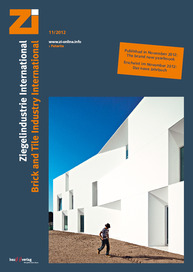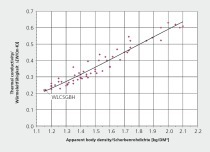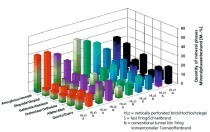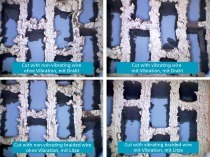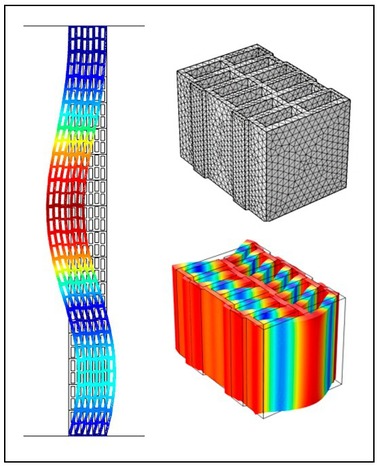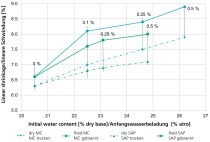On European level, efforts are being made in the scope of work on international standards to define uniform requirements for the frost resistance of vertically perforated bricks. In the production of high-porosity vertically perforated bricks, in addition to the currently valid requirements for compressive strength and thermal conductivity, it is necessary to ensure appropriate frost resistance. One positive aspect is that a large number of tested vertically perforated bricks with different body densities meet the standard requirements for the frost-thaw cycles that must be withstood, which...


